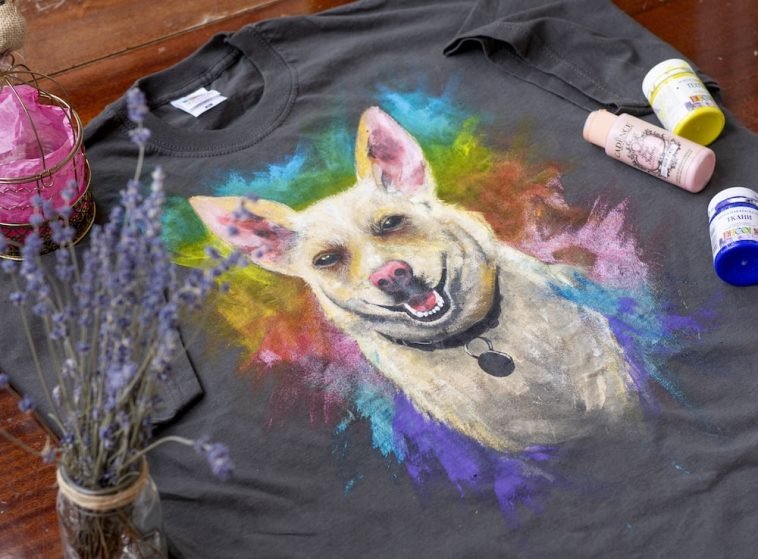Introduction.
Starting a print-on-demand (POD) business sounds exciting. You come up with cool designs, put them on t-shirts, mugs, phone cases, and other products, and earn money when people buy them.
But here’s the catch – creating designs that sell isn’t as easy as it sounds. Good design is at the heart of any successful POD venture.
It’s what separates items that sit in an online store collecting dust from those that attract eager customers.
So, how do you get designs for your print-on-demand business? Whether you’re an artist or have zero design skills, there are multiple ways to get started and find designs that will appeal to your target audience.
In this article, I’ll guide you through everything you need to know about getting designs for your POD business.
I’ll look at methods like hiring freelancers, using design tools, purchasing pre-made graphics, and other creative strategies that work.
Where to Start: Understanding Your Niche and Audience
Before diving into specific design methods, the first step is to define your niche and audience. Who are you designing for?
Are they sports fans, coffee lovers, pet owners, or gamers? Knowing your niche helps you create relevant designs that your target customers want to buy.
For instance, if your audience is into fitness, designs with motivational quotes and workout graphics might resonate well.
Take a look at competitors in your niche to see what works, but avoid direct copying – the goal is to find inspiration, not duplicate ideas.
How Do I Get Design For My Print On Demand Business?
1. Creating Your Designs
- Design Software: If you have an artistic side or want to learn, tools like Adobe Photoshop, Illustrator, and even Canva provide endless design possibilities. Canva, especially, is user-friendly and has both free and paid versions that offer templates specifically for t-shirts and other POD items. Photoshop and Illustrator are more advanced and require some learning, but the design flexibility is unmatched.
- Pros: Full creative control, no ongoing costs after software.
- Cons: Requires time, skill, and practice. Advanced software can be expensive.
2. Using Freelance Platforms
- Sites like Upwork, Fiverr, and 99designs allow you to find freelance designers at various price points. On Fiverr, for instance, you can hire designers for as low as $5, though quality can vary. For more refined work, Upwork or 99designs may be better choices.
- Pros: Professional quality, customization based on your needs.
- Cons: Can be costly depending on the designer and complexity, and communication is key to get exactly what you want.
3. Subscribing to Design Libraries
- Graphic Subscription Sites: Platforms like Creative Market, Envato Elements, and Vexels offer pre-made graphics you can legally use for POD. Creative Market has individual purchases, while Envato Elements and Vexels offer subscriptions, providing access to thousands of designs for a flat monthly fee.
- Pros: Affordable for high-quality designs, no need for a specific skill set.
- Cons: Designs are often accessible to others, so uniqueness might be lower unless you customize.
4. Purchasing Design Bundles or Hiring Artists
- One-Time Purchase Bundles: Some designers sell bundled designs on sites like Design Cuts and The Hungry JPEG, where you can find unique designs for a one-time fee. Another approach is hiring an artist from sites like Instagram or Etsy, where creators sometimes take custom work.
- Pros: Good balance between affordability and quality, more unique options.
- Cons: Limited customizability if using bundles, may need additional editing software.
5. Leveraging Artificial Intelligence (AI) Design Tools
- AI Tools like Midjourney and DALL-E provide an innovative way to generate designs based on text prompts. These tools have been making waves for their ability to create high-quality, unique designs quickly.
- Pros: Easy to use and great for generating ideas quickly.
- Cons: Quality may vary, and AI-generated designs might need refinement.
Pros and Cons of Outsourcing vs. DIY Design
| Method | Pros | Cons |
|---|---|---|
| DIY Design | Full creative control, low recurring costs | Requires skills, software, and time |
| Freelance Designers | High-quality, professional input | Costs can add up, and clear communication is essential |
| Subscription Sites | Affordable and easy access to many designs | Designs are not unique and may require tweaking |
| AI Design Tools | Quick and user-friendly | Limited refinement; may need polishing |
How Do I Choose the Best Method for My Business?
Your choice depends on your budget, time, and design skills. If you have a limited budget and want a professional look, subscription sites offer a quick solution.
However, if you want unique designs that stand out, hiring a designer or using AI for initial concepts and refining them might be better.
FAQs
1. Can I use designs I find online for free?
Generally, no. Using images or designs you find online without proper licensing can lead to copyright issues, which can harm your business. Always use designs that you’ve created, purchased, or licensed for commercial use.
2. How much should I expect to pay for a freelance designer?
The cost can range from $5 on Fiverr for simple designs to over $100 on platforms like 99designs. For professional, unique designs, consider setting aside $20-$50 per design if you’re serious about standing out.
3. Is Canva enough for creating POD designs?
Yes, Canva offers plenty of templates and tools for basic POD designs, especially for beginners. While it doesn’t have the advanced features of Photoshop or Illustrator, it’s great for text-based or simple graphics.
4. Do AI tools make good designs for POD?
AI tools can generate unique ideas and concepts quickly, which is perfect for brainstorming. However, designs often need a personal touch or refinement to look polished and ready for sale.
5. How often should I update my designs?
To stay relevant, aim to add new designs at least every quarter, but it depends on your niche. Regular updates help keep customers interested and can attract repeat buyers.
Conclusion
Choosing how to source designs for your print-on-demand business depends on factors like budget, time, and creativity.
Each method has its benefits, whether it’s the control of DIY, the expertise of a freelancer, or the convenience of pre-made graphics. By exploring different options, you’ll find the right balance that works for you and your brand.
So, which method do you think you’d start with for your POD business?





GIPHY App Key not set. Please check settings